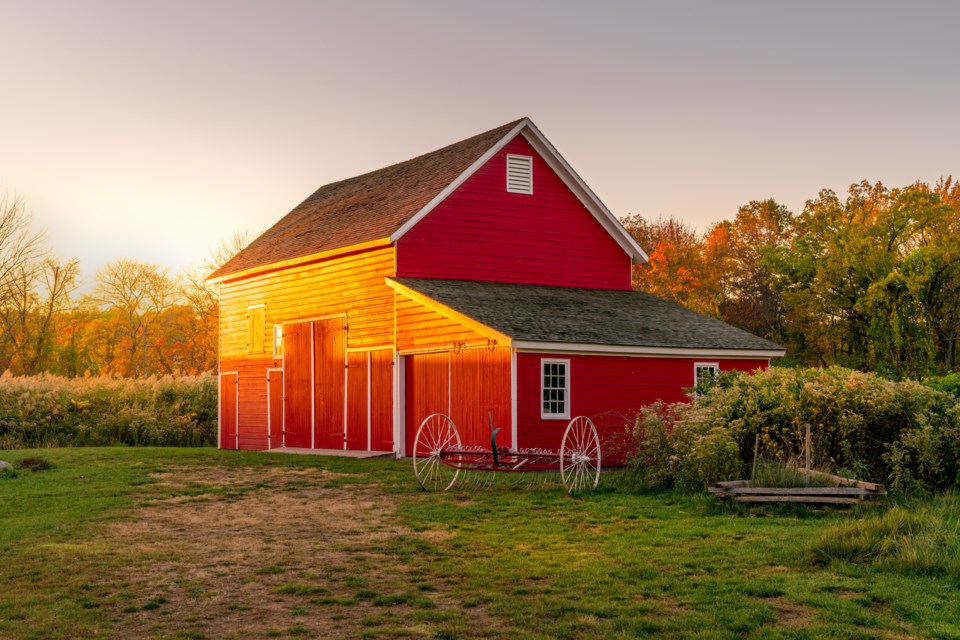When researchers at the University of Guelph started shining a light on the isolation faced by farmers – and the accompanying mental health challenges that come with being alone – alarms started ringing.
Farmers feed us. We need them healthy and productive for everyone’s sake, including their own.
But what about their rural neighbours, particularly the elderly?
Keeping track of how the elderly live is important, particularly as Canadians are living longer and the elderly proportion of Ontario’s rural population grows.
“How many elderly people are living independently affects the demand for home-support services in rural communities, while also demonstrating why caregiver support is becoming more necessary,” says Norman Ragetlie, executive director at the Rural Ontario Institute.
Indeed, elderly people are living longer. And as time marches on, they too experience feelings of isolation, not unlike farmers.
That may not be as true for those living in the communities they were born and raised in, where they’re well known to their neighbours.
But in Ontario, there’s a new breed of elderly – namely, those who move to rural Ontario to get some relief from the crippling cost of housing in urban areas, or to enjoy the relative serenity of rural life in retirement. That pursuit isn’t limited to elderly people, but it may be among the last choice they ever make for housing. If it doesn’t work out because of lack of services, their options for alternatives are limited.
And how about new Canadians who arrive with elderly parents and can’t afford urban housing, or move to the country for jobs doing what other Ontarians won’t do, such as manual labour or farm work? They too may not have the asset base to remobilize once they set down roots.
Whatever the case, many seniors require support of various kinds as they age. Inevitably, almost all will be less independent than they once were. And the Rural Ontario Institute figured municipalities needed a better understanding of this situation.
So it conducted a series of studies that revealed details about the living arrangements of seniors – one of the most fundamental facts to know about any demography.
It found a huge range of results. Depending on the region in the province, for example, its survey showed that among seniors in collective dwellings, about one-half of seniors 75-plus years of age were residing in specialized-care settings such as nursing homes or long-term care.
That has huge implications for municipal planning, not to mention for in-province migration: if you’re a senior and you know the odds are 50-50 that you’ll be headed for long-term care, you’ll be more likely to head to a rural municipality that isn’t struggling to meet seniors’ housing needs. Conversely, if you now live where needs aren’t being met, and think you’ll need accelerated care, you might consider leaving.
“This data also gives us insight into why the availability of beds in long-term care facilities is such an important concern,” says Ragetlie.
And this was an eye-opener: in rural Ontario, whopping 54 per cent of seniors 90-plus years old are living alone in a private dwelling. It stands that older seniors living alone may need home care as they continue to age. Seniors living alone are more likely to be accessing formal home care.
Traditionally, rural Ontario was a help-your-neighbour kind of place. By the looks of the figures gathered by the institute, a lot of your neighbours are seniors - and given the particularly nasty winter we’re having, no doubt a lot of them could use help.
